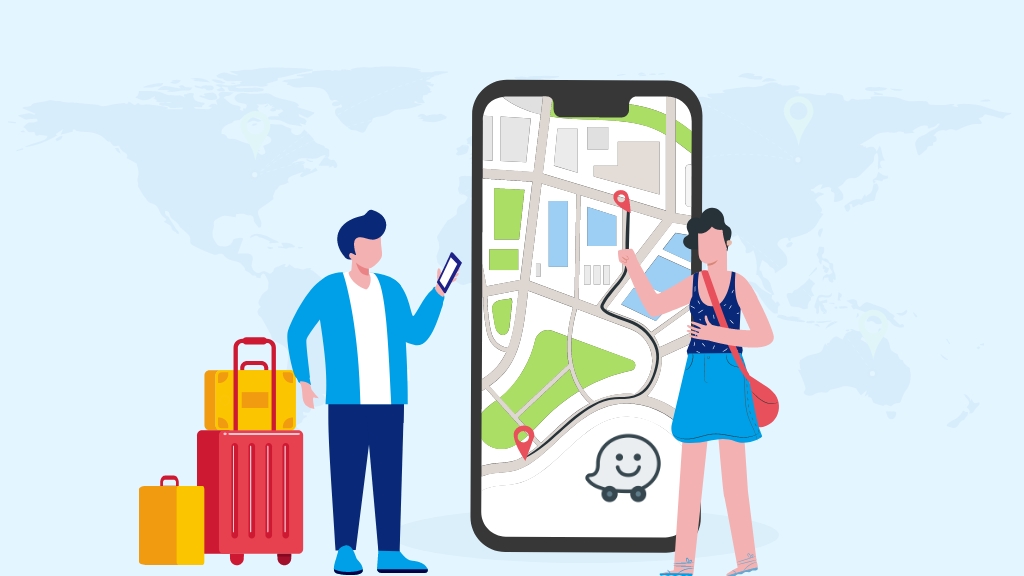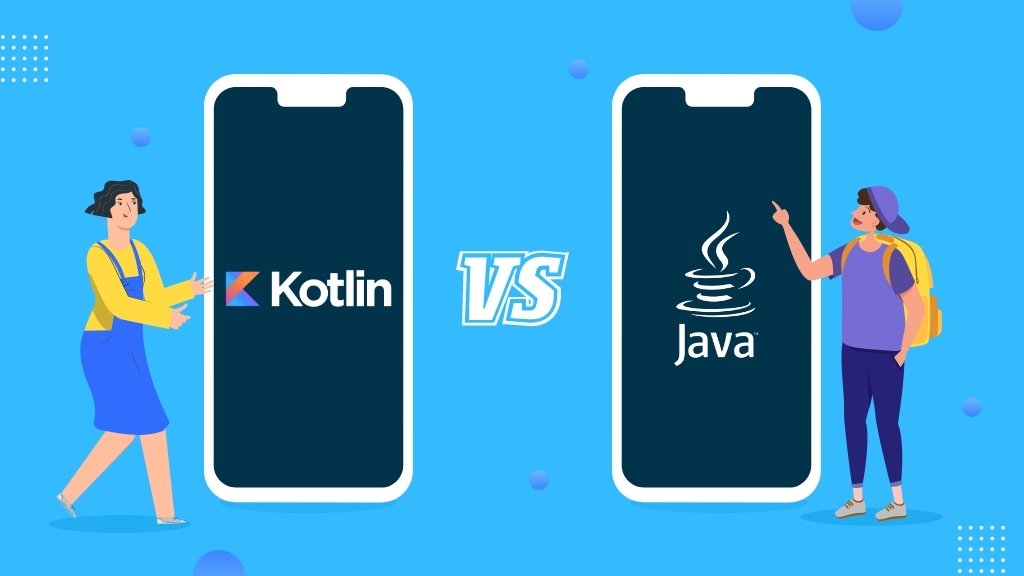Don't miss the chance to work with top 1% of developers.
Sign Up Now and Get FREE CTO-level Consultation.
Confused about your business model?
Request a FREE Business Plan.
How Do Apps Make Money? Mobile App Monetization Models Revealed
Table of contents
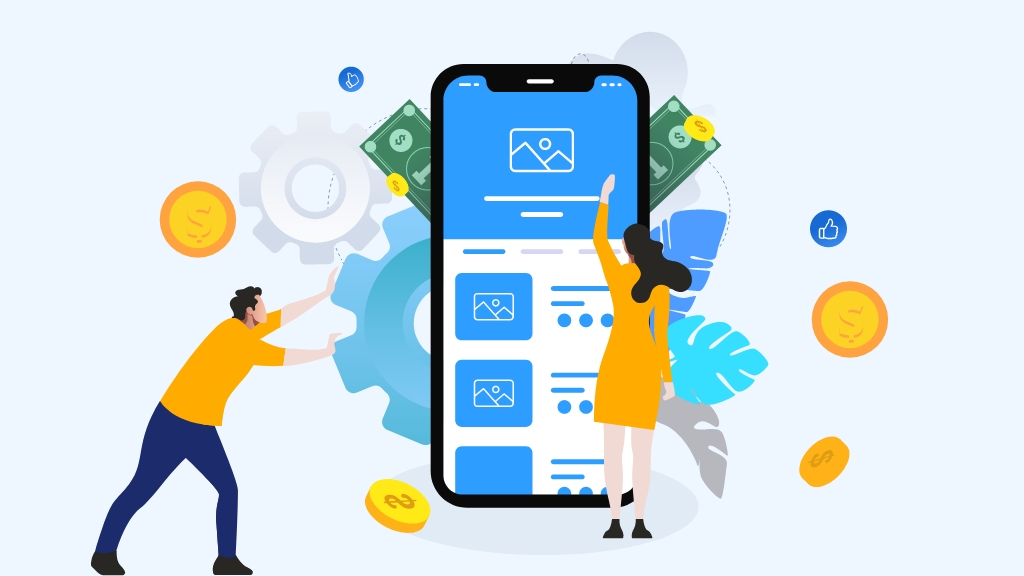
How Do Apps Make Money? Let’s find out…
Do you know how many apps are currently installed on your phone? A number of people will guess a figure between 20 and 30. However, most of the people have over 80 apps installed on their phones.
One of the biggest reasons we don’t pay much attention to how many apps we download is that a large number of these apps are free to download and who can resist a free utility, right? But the brains and businesses behind these apps can’t really be offering free services without any financial gains.
But if they don’t charge you anything for download or use, how do apps make money? We will find the answer to this question in our blog. But, lets first see why every app needs monetization.
Why Mobile Apps Need Monetization?
According to Statista, approximately 96% of apps available on Google Play and 90.3% apps available on the Apple App Store are free to download. Interestingly, a majority of top-grossing apps in both Android and iOS sections belong to the free to download category.
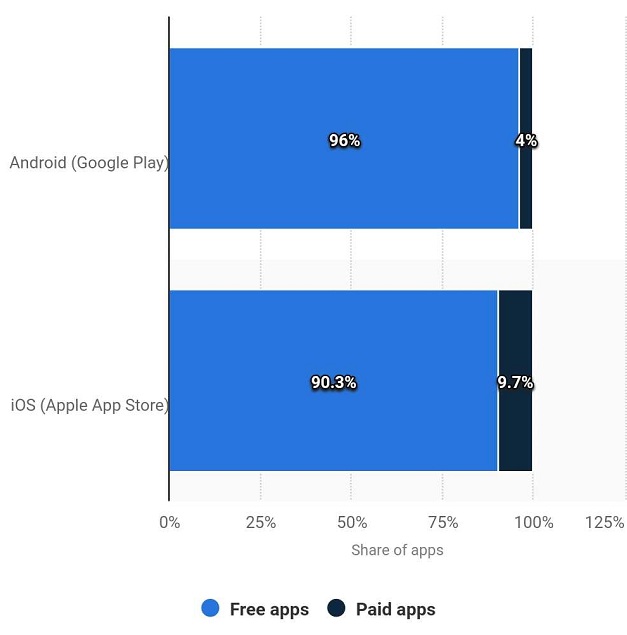
Look at some of the most downloaded apps of the day – Tinder, Facebook, TikTok, Fortnite – they are all high-end apps whose creation and maintenance definitely involves considerable expenses. To continue their operations, these apps clearly require to first overcome the operational and initial cost of development, and then generate enough revenue to keep future growth on track. This is the reason why all apps need monetization.
In order to achieve goals, app creators depend on one or more app monetization strategies such as in-app purchases, advertising, selling user-related data and many others.
These strategies are based on clearly defined models that show the different ways using which an app can make money and generate profits that exceed the average return on investment. These models are called mobile app monetization models. Let’s find the basic idea behind them to find the answer to the question “How Do Apps Make Money.”
The Basic Idea behind Mobile App Monetization Models
Mobile app monetization models help developers pinpoint the utility of the mobile app’s services. The monetization model for an app such as Tinder, for instance, will determine the nature and value of the service on offer, the demographics that the service targets and the cost of providing the service.
In Tinder’s case, the primary service that the app offers is dating, the demographic is everybody that’s 18 years of age and older while the cost of offering the service is the money that is spent in the process of the app’s development and maintenance.
Another important area that mobile app monetization models help the developers in is identifying the best source of income to pursue their service. This can vary between running advertisements, offering in-app purchases and free, premium or freemium features. Let’s see some of the best mobile app monetization models that famous apps use:
Top 6 Mobile App Monetization Models
There are several different mobile app monetization models that apps of today utilize to support their operations and make a profit. Not all of these, however, are ideal for startups or small scale-free to download mobile apps.
Here, we’ll look at just the best mobile app monetization models that can be utilized by newbies as well as popular mobile apps.
1. In-App Purchase Model
Gaming apps are one of the biggest benefactors of the in-app purchase monetization model. The idea is straightforward – users who find the game engaging and develop a strong liking to it will be willing to pay for ways to better enjoy and progress in the gameplay.
From virtual goods such as character costumes and capabilities to weapons and easy level-ups– there are a lot of ways to please the users while making a profit.
Pokémon Go, the popular VR game, for example, allows the users to buy in-game currency called ‘Pokecoins’ with real money. The Pokecoins can, in turn, be used for buying additional storage, insignia, attire, and accessories.
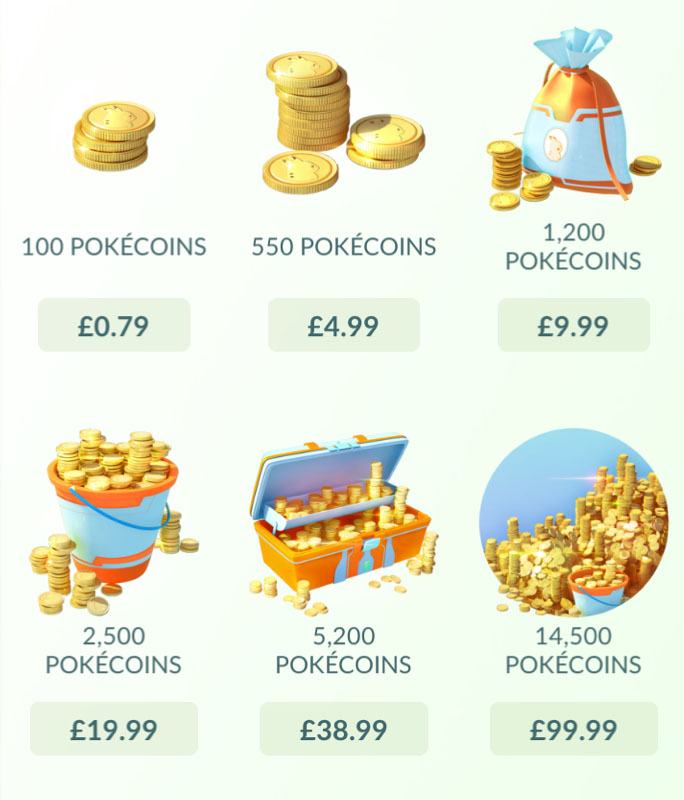
A lot of non-gaming apps, particularly music, meditation and culinary apps too use this model to supplement their overall revenues. A culinary app, for instance, can use the in-app purchase feature to provide additional and season special recipes while a music app can utilize this model to allow access to the latest releases.
2. Advertisement Based Model
Using the app interface for advertising is one of the most obvious and popular mobile app monetization models of all. The idea is pretty much the same as with newspapers and hoardings – the app creators charge interested third parties for displaying their ads on their app.
These ads can be in the form of simple banners that appear in a minimally invasive manner or short video clips that are shown to the users in between the app’s functions.
Instagram – one of the most popular photo editing and social networking app use this type of model and is marketer’s favorite advertising channel these days. It uses a number of methods to show targeted ads to users as per their preferences. It in turn, generates a huge revenue and also boost app engagement rate.
Instagram advertisements come as –

The short sound bites promoting a new car that plays after your selected song ends on Spotify – that’s just another example of in-app advertising that fuels the free to download mobile apps.
In addition to third party ads, app developers can choose to create their own ad networks or use their app as an eBay like marketplace by charging a listing fee. Including job listing ads is another common way free apps generate revenue.
The big downside of the advertising-based model is that it can have a negative effect on the app’s user base. Too many and too frequent ads can be disturbing for the users and can push them towards a competitor app. So, there’s a clear limit to the number of ads an app can display which makes this model not too profitable for newly launched and minimum viable products.
Well established apps, on the other hand, can charge a good fee for including ad content and boost the sales of their premium apps by offering users an ad-free experience for a small additional cost.
3. Data Selling Model
The data selling model can turn in huge profits for apps that have the capability of engaging and drawing generic as well as contact information from the users. Apps that follow this model sell the data related to the user’s interests and preferences to interested third parties who then utilize this information for the development and marketing of their own products.
An on-demand cab app or a social media app with a “check-in location” feature, for instance, accumulates a wealth of data about the local hotspots. A retail or restaurant chain can use this data to find the prime location for their next outlet and top business owners will be willing to pay the apps handsomely for this data.
Uber, for instance, has a partnership with various urban planners that use data provided by Uber to improve the cities’ traffic and parking management, disaster planning and dozens of other issues. In the past, Uber was in news for selling user’s data to private businesses like Starwood Hotels & Resorts.
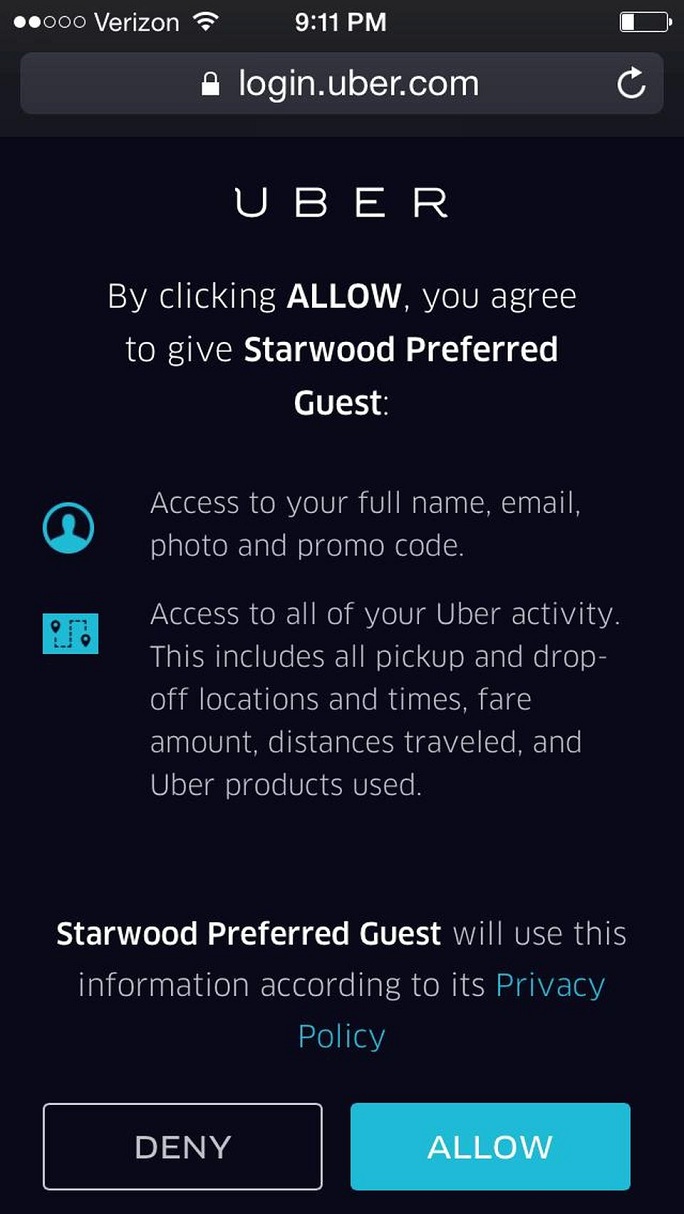
4. Freemium Model
The freemium mobile app monetization model involves offering a set of free features through their app. Once the users get hooked to the free services, the app owners persuade them to upgrade to a premium version of the app that offers advanced versions of the features that users already love.
Consider FaceApp – the freemium app has a limited range of hairstyles and makeup filters while it still displays advanced filters that are available to the Pro users only.
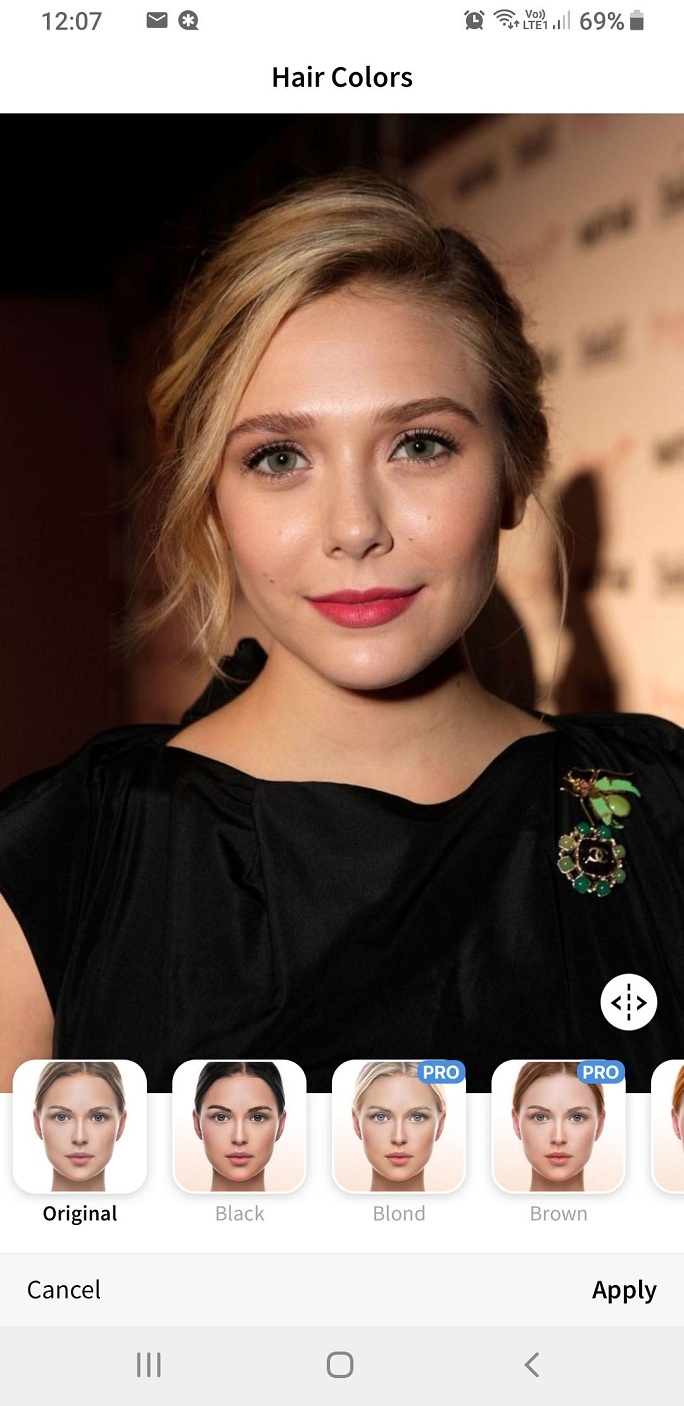
Having experienced the free filters, users that are happy with the photo editing app’s performance and results are likely to invest a small sum to unlock these premium features. This subscription fee is a big source of revenue for apps utilizing the freemium model.
Also Read: How Much Does It Cost to make an app like FaceApp?
5. Lead Generation and Affiliate Marketing Model
This monetization model involves accumulating data of potential buyers or paying customers and promoting third party products by charging a commission fee. Financial apps, for instance, gather a lot of financial data from their customers in the process of the customers utilizing their services. This data is then used by financial organizations like banks, credit card companies who can translate it into useful leads. In return, the financial organizations pay the app for this lead-based data.
Mint, the popular financial tracker app generates revenue through lead generation and affiliate marketing. Mint also advertises financial products that its users might be interested in. While discovering a relevant and useful service on Mint enhances the user’s opinion of Mint, the app also draws a commission from every new sale of the financial product.
6. Email and SMS Based Marketing Model
While email and SMS might appear ‘old school’, these channels are still pretty useful for marketing and are capable of contributing in a big way to an app’s earnings which makes this one of the top mobile app monetization models of our time.
Apps that monetize using email and SMS rely on databases of email addresses and phone numbers that have been collected with the users’ consent. This is typically achieved at the time of user sign up where these apps prompt the users to share their email and mobile number.
While users definitely prefer single account/click signups for different apps – the way an Android user can simply choose his/her google account for a quick signup into a new app, going the extra step and offering the users additional benefits and discounts helps create reliable and legitimately acquired email and contact lists that are a gold mine for marketing purposes and big means of generating money.
Today, all popular apps like Facebook and Gmail continue to utilize this monetization model to support their marketing plans.
Wrapping Up
We’re living in an age where great ideas turn into fruitful businesses, but they require a dedicated app in order to complete that transformation.
Considering the amount and level of competition in virtually every business sector, a paid app isn’t the big, profitable approach it used to be at the beginning of the app revolution. So, if you’re looking to launch a business, choosing the right mobile app monetization model can be the deciding factor between success and failure.
Our suggestion – take some time to think over your business idea and pick one or more of these mobile app monetization models to support your app in the early days and continue contributing to your purse once your business takes off!

Rate this article!
(4 ratings, average: 3.25 out of 5)
Join 60,000+ Subscribers
Get the weekly updates on the newest brand stories, business models and technology right in your inbox.

Humane yet subtle, Naiya is a girl full of ideas about almost everything. After earning a bachelor’s degree in computer science and engineering, she decided to merge her technical knowledge with her passion for writing – to accomplish something interesting with the fusion. Her write-ups are usually based on technology, mobile apps, and mobile development platforms to help people utilize the mobile world in an efficient way. Besides writing, you can find her making dance videos on Bollywood songs in a corner.

Telemedicine 2.0 - A Comprehensive Guide On What Healthcare Providers Need To Know?
Discover how the latest advancements like Artificial Intelligence in telemedicine are reshaping patient care. This comprehensive resource offers insights into the key trends and innovations driving this shift, providing valuable knowledge for healthcare professionals looking to stay ahead.
Download Now!Subscribe to Unlock
Exclusive Business
Insights!
And we will send you a FREE eBook on Mastering Business Intelligence.
